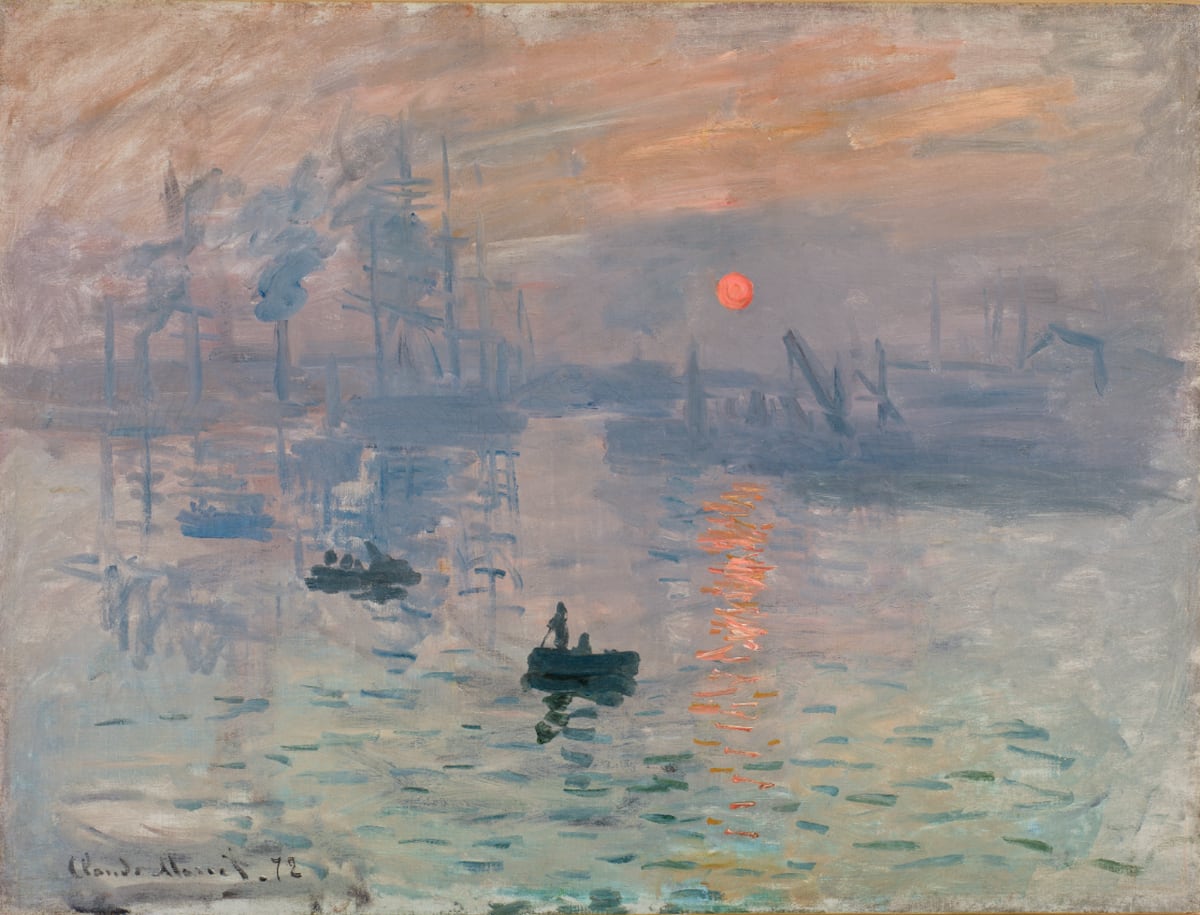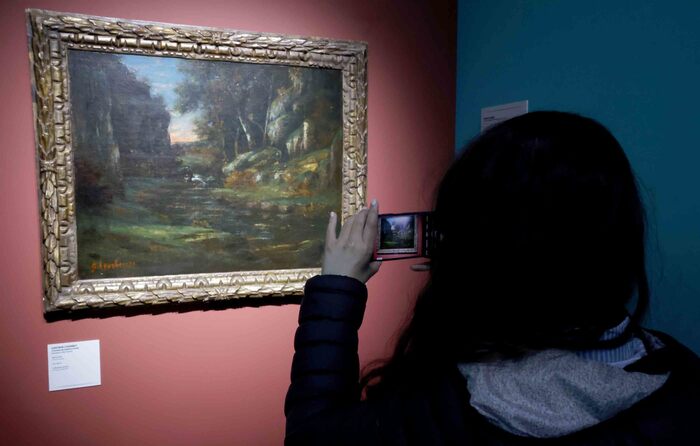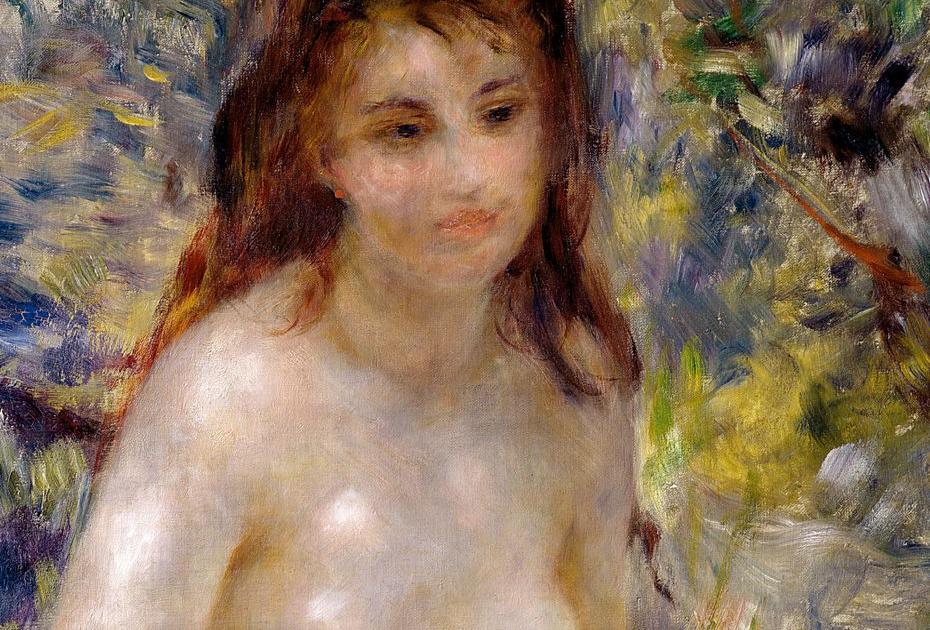This Tuesday, the US courts have put an end to the 15-year dispute between the Jewish Cassirer family and the Thyssen-Bornemisza Collection Foundation for the rights to the Rue Saint-Honoré painting in the afternoon. Rain effect , by the French impressionist Camille Pissarro. The Ninth Circuit Court of Appeals, based in San Francisco, has determined that the Foundation is the rightful owner of the work, claimed by the Cassirers, as it is one of the many pieces of art looted by the Nazis during World War II. .
- The moral duty of the Thyssen Collection with the 'pissarro' stolen by the Nazis
- The Thyssen Museum will not return the 'pissarro' looted by the Nazis
The decision of the court, the largest court of appeals in the United States, coincides with the ruling of a district judge in Los Angeles, who declared, after a trial in December 2018, the Thyssen-Bornemisza museum in Madrid as the legal owner of the painting. . The work, painted in 1897 by Pissarro, was acquired by Lilly Cassirer-Neubauer, a wealthy Jewish woman who, along with her husband, was forced to part with it in 1939, when it was sold for the equivalent of $ 360 to the Nazis in order to get out of Germany and avoid what would be certain death in the concentration camps.
The painting was later confiscated by the Gestapo and the family lost track of it. It was not until 1958 that the German State compensated Cassirer-Neubauer for the loss of the work and gave him a sum equivalent to its market value at that time. But the journey of this painting, which illustrates a calm and rainy sunset in Paris, was only just beginning there.
The painting appeared in the 1950s in New York, where Baron Hans Heinrich Thyssen-Bornemisza, one of the world's largest art collectors, acquired it in 1976 for $ 300,000 (251,000 euros). The work then passed into the hands of the Spanish State in 1993 through the acquisition made by the Foundation and that ended the long pilgrimage of the pissarro . That was only the beginning of the litigation, because in 2001 a friend of the American Cassirer heirs who was visiting the museum in Madrid found the painting and communicated it to the family. This decided to file a complaint alleging that the Foundation and its previous owners did know the background.
In April 2019, the Los Angeles district judge issued a ruling recognizing that the diligence prior to the acquisition by the Foundation showed that, when the Spanish State bought the painting from Baron Thyssen Bornemisza, it did not know what had happened to the work during World War II. And the sentence of this Tuesday rectifies what was said.
Regarding the end of the judicial process, Evelio Acevedo, managing director of Thyssen, told EL PAÍS: “We have been litigating for 15 years and almost 20 since the Cassirers went to the museum for the first time. And the truth is that fortunately all the judgments that have been produced in these years have been favorable to the Foundation ”.
In addition, Acevedo assures that after so many years it seemed that the legal dispute “would have no end” and he confesses grateful that a work as important as the pissarro continues to belong to the national heritage. And he adds: “This is a case in which we start from an unjust situation that was the Nazi plunder. But all parties were compensated and buyers bought in good faith. "
At the trial on December 4, 2019 in Los Angeles, the plaintiffs focused their complaint on trying to show that, at the time of its acquisition in 1976, the late Baron Thyssen-Bornemisza had had knowledge of the illicit past of the painting. However, the judgment of the judge then and this Tuesday reject these arguments. “Legally there is no doubt who is the rightful owner. And moral considerations are not within the scope of justice ”, says Acevedo.
The work will continue to be exhibited to the public at the Museo Nacional Thyssen-Bornemisza, in Madrid, as it has done since the museum opened in 1992.


/cloudfront-eu-central-1.images.arcpublishing.com/prisa/N2BE2XZPH66LPLH5V5X4WDOOHI.jpg)



/cloudfront-eu-central-1.images.arcpublishing.com/prisa/KXCDNWJR3VEUHHBRHIEWUQOTLU.jpg)








